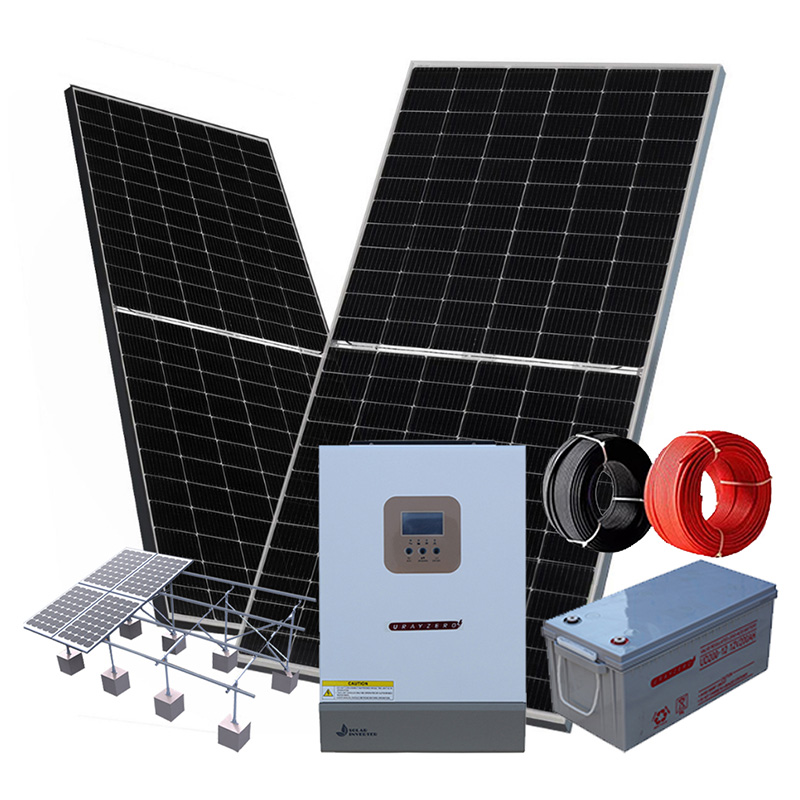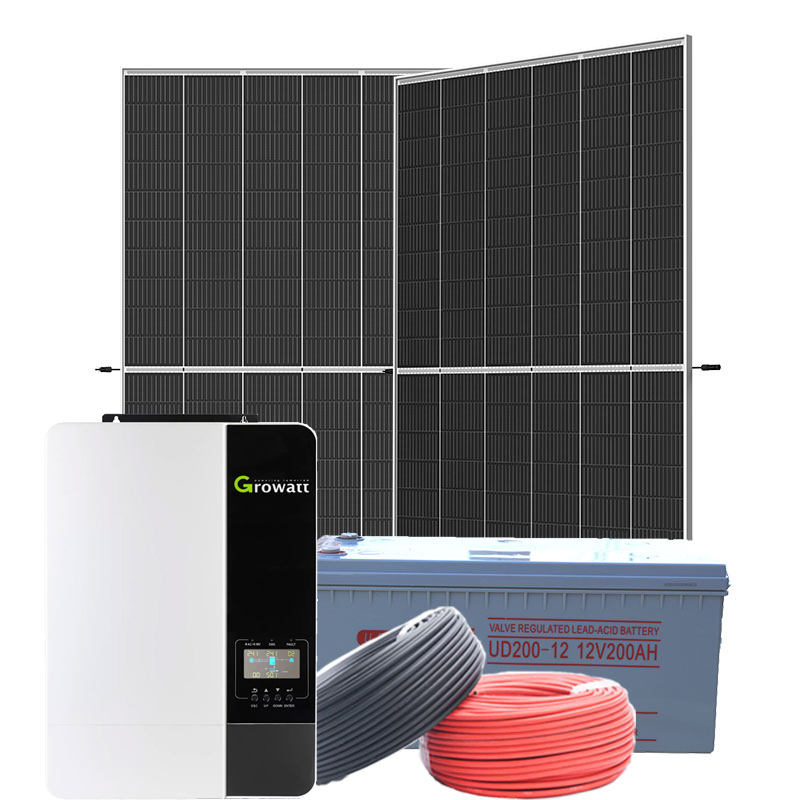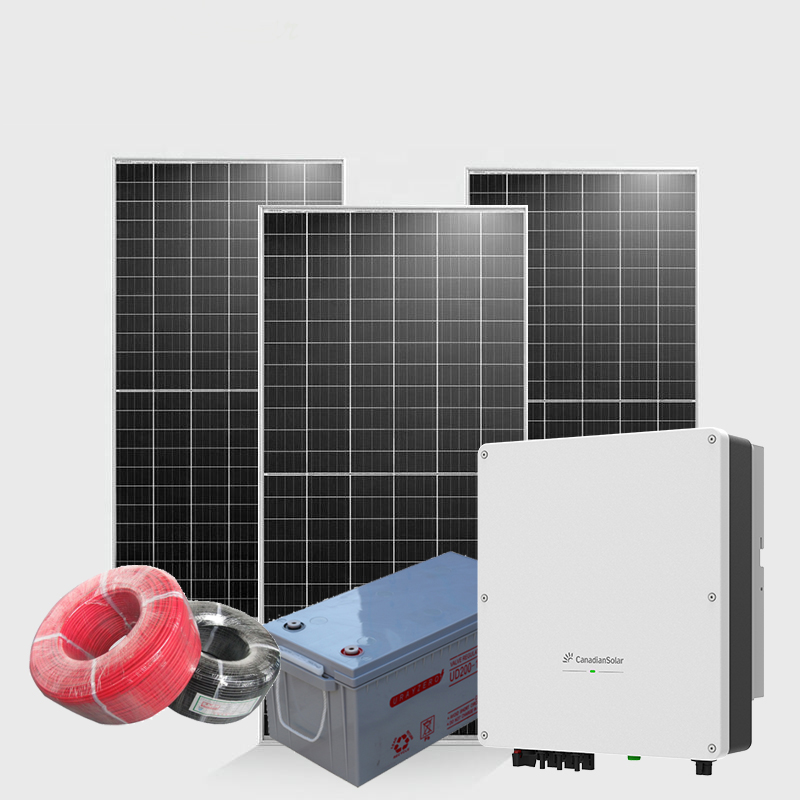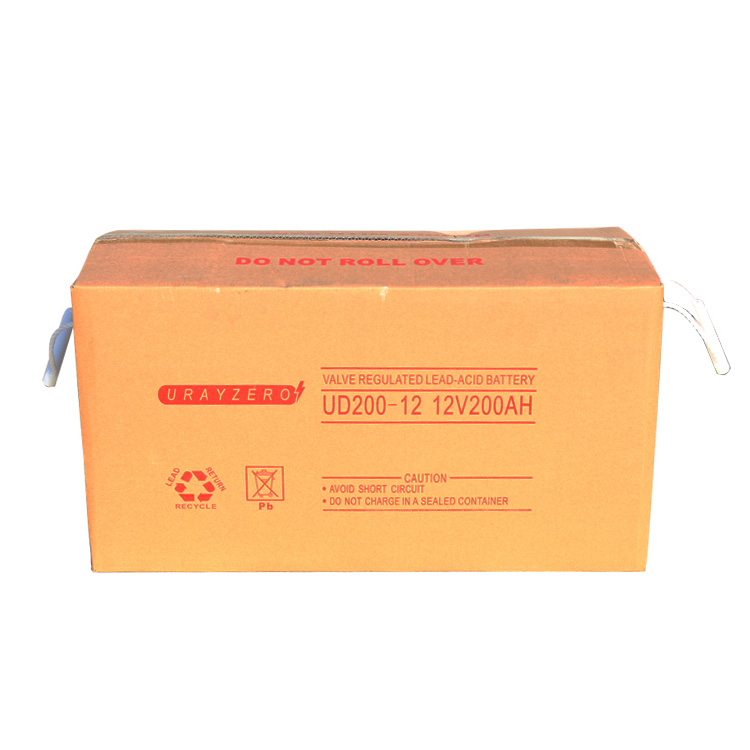What are the 4 Main Types of Solar Energy?
The 4 Main Types of Solar Energy
The amount of sunlight that the Earth receives for just an hour and a half can deliver enough energy to power the world’s energy consumption for the whole year. Solar technologies are developed to the extent that they can convert sunlight into electrical energy. Solar power harnessing systems use either photovoltaic systems or mirrors to concentrate solar radiation. This energy can be stored in thermal storage or batteries or can be used to generate electricity.
The sun is the ultimate source of energy, changing people’s outlook on how they consume energy. A lot of consumers, governments, and businesses are trying to fight the climate crisis. But it is not just about generating clean and green energy. Saving up on energy bills has also become a challenge because things are just getting expensive.
Solar energy provides solutions to both the climate crisis and surging energy bills. Like any technology, solar energy comes with its own set of advantages. Whether it is residential systems or commercial ones, there are numerous types of solar energy that demonstrate a range of operational functionality and benefits.
This post explains different types of solar energy in detail to help the advocates of clean energy who are looking for a transition can make an informed decision.
Solar Photovoltaic Plants
Solar photovoltaic systems are the most common type of solar energy system that produces electricity directly from sunlight. Also known as solar cell systems, it uses semiconductor materials for absorbing sunlight. It works in a way that the heat from the sun’s radiation makes the electrons loose from their atoms. These electrons then flow through the semiconductor materials and produce energy.
Thanks to technological advances, today’s solar photovoltaic plants can absorb and convert most of the visible light spectrum and half of the infrared and UV light spectrum into energy.
Some of the well-known examples of the use of solar photovoltaic cells are solar-powered clocks and calculators. Several photovoltaic cells are required to provide sufficient power to households. However, for large-scale industrial applications, hundreds of photovoltaic arrays would be needed to form a large photovoltaic system.
Costs and Integration of Solar Photovoltaic Plants
The average cost of solar photovoltaic plants on a cost per watt basis may range from $1 per watt to $3 per watt, depending on the region. Remote technologies, improved maintenance strategies, and inverter gains are cutting solar integration and maintenance costs. The new operation-focused photovoltaic plant designs are said to create further savings.
Solar Water Heating Systems
As the name suggests, solar water heating systems use the sun’s energy to heat up water or bring it to a boil. In nature, shallow parts of the lakes, ponds, and rivers have warmer water than deeper areas. The sunlight can easily reach the bottom of the shallow areas, causing it to heat it up, making the water warm. The same concept has been used to develop solar water heating systems.
Essentially, the design incorporates two primary segments – a water storage tank and the solar collector. The ones installed in homes and residential buildings are flat-plate collectors that are installed on the roofs facing the sun.
The collector and the storage tank are connected via small tubes that carry water. As the flat-plate collector absorbs the sun’s heat, it heats up the water passing through the tubes. This hot water is then stored in the storage tank.
Costs and Integration of Solar Water Heating Systems
Households and commercial spaces with installed solar water heaters have seen a drop of 50-80% in their water heating bills. Also, there are less likely to be any price hikes or fuel shortages because the sun is free. The average cost of installing a 100-gallon solar water heater is around $8000 to $10,000.
Concentrated Solar
Another most popular type of solar energy is concentrated solar power. It is essentially installed on a large scale to provide electricity to the grid. It uses lenses and mirrors for concentrating a extensive area of sunlight onto a solar receiver. They generate enough energy to power a small township or select industries.
Curved or flat mirrors are installed over vast areas that convert sunlight into high-temperature heat. This heat energy is channeled through a conventional generator. Concentrated solar power plants are divided into two segments. The first segment is all about collecting solar energy and converting it into heat. The second segment focuses on converting heat energy into electricity.
Costs and Integration of Concentrated Solar Power Plants
Concentrated solar power generation is suitable for those countries or regions that experience extremely high levels of sunshine. The United States has the capacity to produce 1,738MW of solar power via concentrated systems. While these systems are not as popular as photovoltaic systems, concentrated systems do have a conversion efficiency between 25% and 35%. Between 2010 and 2019, the weighted average cost of concentrated solar power plants plunged by 47% in the US from $0.346/kWh to $0.182/kWh.
Technical Passive Solar Heating
Passive solar heating, also known as ‘daylighting,’ works on a simple concept. If you step outside on a hot, sunny day, you will feel the sun. Similarly, buildings can too feel the sun if they are designed and structured properly. For example, there are particular areas in a house that experience more sunlight than other areas. Therefore, incorporating solar technology like sunlit walls, roofs, floors that absorb the sun’s heat can take care of a home’s energy needs.
These work in a way that during the daytime, these equipment’s absorbs the heat, and as the sun sets and the environment becomes cooler, they slowly release the heat. So, an intelligently designed building with good ventilation using solar technologies will never experience heating issues during cold seasons.
Costs and Integration of Technical Passive Solar Heating
Research shows that incorporating technical passive solar heating systems in a new build can increase the cost up to 0-3%. For example, if a home build costs $250,000, including passive solar will add $7,500 to the total cost, which is quite feasible. Annual savings one can save in heating homes can range from $200 to $2,500. So, over 30-years, the savings could vary between $6000 and $67,000 or even more.
Final Facts about Types of Solar Energy
When a topic about solar energy is discussed, the only image that comes to most people’s minds is the large solar panels on top of buildings. However, there are many more things to that. For millions of years, the sun’s energy has been confined and employed in one or another form. So, employing different types of solar energy will lead to a cleaner energy future. Here are some facts about solar energy that may interest many people:
- Since 1977, solar panel costs have fallen by 99%
- Concentrated solar power plants can last for 40 years or more with little to no maintenance
- In the US, California experiences the highest sunlight. So, the state gets 14% of its electricity from solar powerGiven the shortage of fossil fuels and the increase in energy costs, solar energy types like photovoltaic panels, passive solar heating, concentrated solar power, etc., can be employed to tackle such issues. The best part is that they are a one-time investment and only require occasional maintenance.









